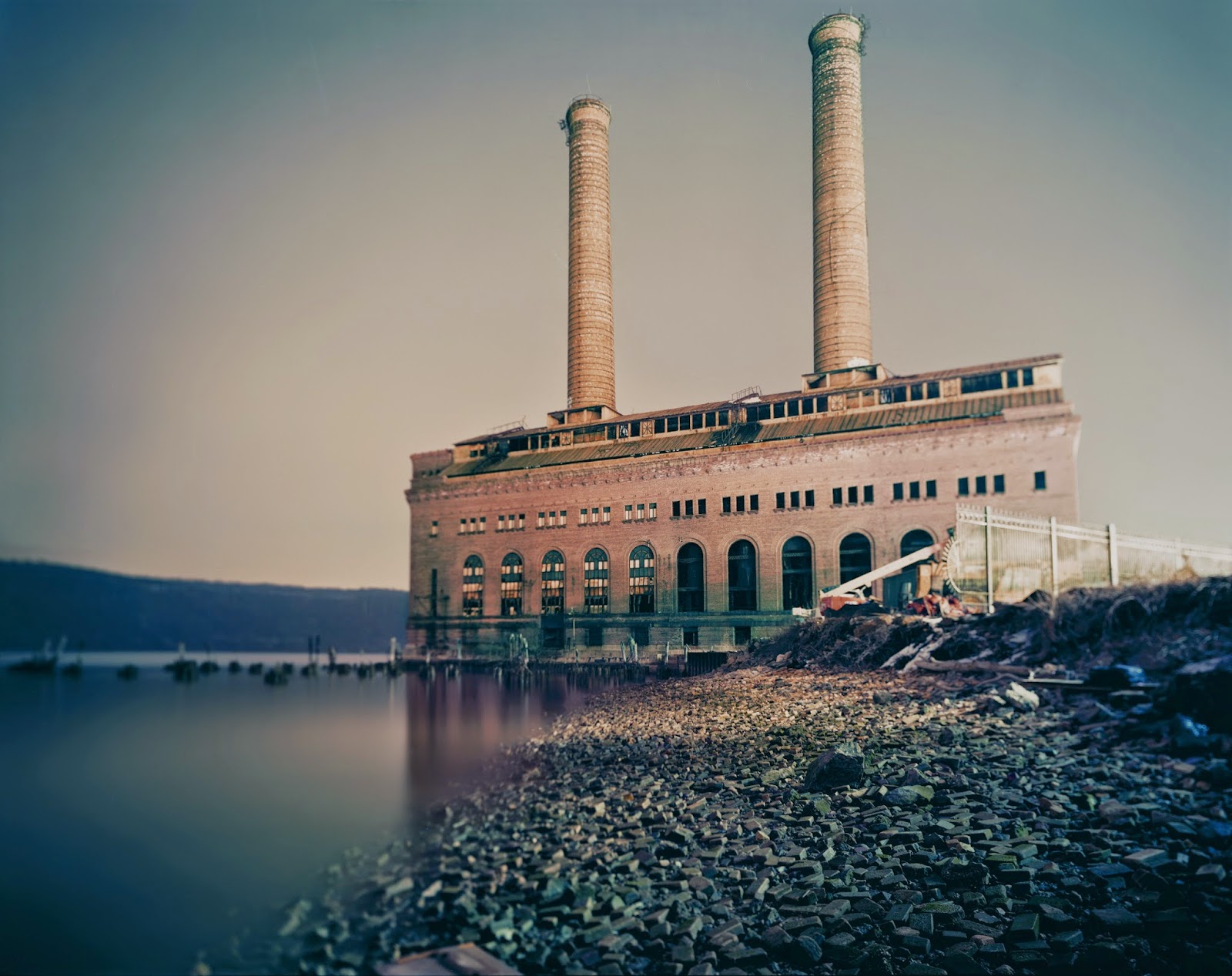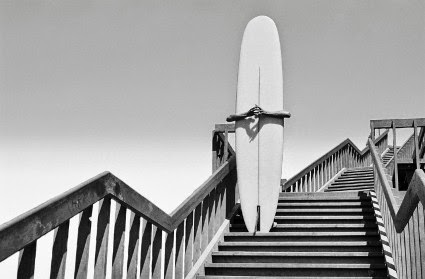Korean photographer Taewon Jang (born in 1976 in Seoul) takes mostly pics of industrial plants. His photographs radiate a somewhat surreal atmosphere that's to do with the harsh light in which he has decided to present the sites. And, it has also to do with the fact that what he has framed stands separated and thus not connected to an environment. It looks as if these plants have been imported from outer space, they do not seem to belong.
In his essay "After Night Falls", Lyle Rexer explains how Jang went about his work. "He researched – on the internet – places where the landscape, natural or urban, was in the process of transformation, especially where industry and energy production were involved. And then he went there, found the precise spot he wanted – in some sense a formal, rather than a political decision – set up his camera and went to work, usually until he aroused the suspicion of security patrols, in which case he would withdraw only to return again."
When Jang started his project, he was mostly interested in showing scenes of abandonment and decay, "evidence of wounds to the land inflicted by human beings." This however is not the impression that I got. To me, the most striking feature is the otherworldliness of the sites.
"The only rule I might have had was that I would photograph at night", Jang is quoted in an interview (that is also found in the book) with Suejin Shin. And he adds: "The nights that are captured in my photographs are the images that cannot be experienced by the human eye. That is due to the nature of the camera, which collects light. Therefore, even if it is a familiar sight, the camera will reproduce it in a completely new way."
It is indeed one of the fascinating aspects of photography that we sometimes get to see what our naked eye cannot see.
As much as Taewon Jang's photos give the impression of something unreal, he took them by doing what documentary photographers usually do – go out there and photograph what is out there. What however sets him apart from most documentary photographers is that he went about his work in the night.
Taewon Jang
Stained Ground
Hatje Cantz, Ostfildern 2014

































